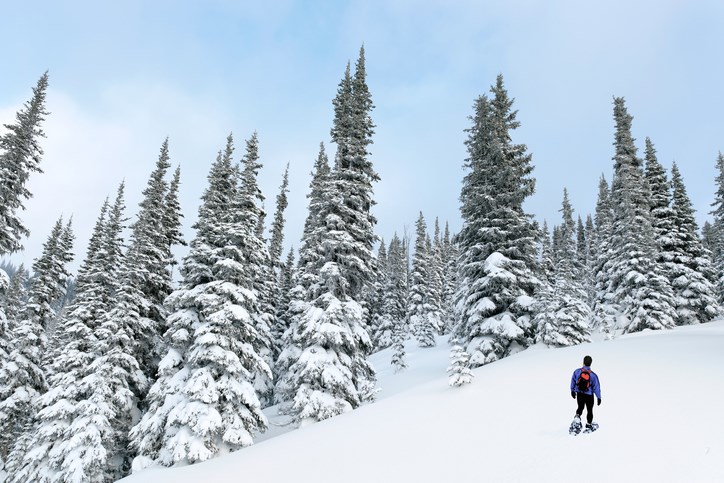Novice recreationalists with little-to-no experience in backcountry safety and risk assessment are being asked to educate themselves before heading out.
The plea, issued by WorkSafeBC, BC Search, and Rescue and Avalanche Canada today, follows B.C.'s three avalanche-related deaths this season and a number of highway closures tied to avalanche mitigation work.
In a press release, the organizations say more people are spending time outdoors, given the COVID-19 limitations on indoor gatherings.
Sandra Riches, executive director of BC AdventureSmart, tells Glacier Media summer 2020 saw a 30 per cent increase in search and rescue call volume. On average, B.C. gets around 1,700 SAR calls each year.
"There's concern how the winter will play out in relation to a lot of outdoor recreation happening," she says. "You've got to be prepared. Our backcountry can be unpredictable. Severe weather and avalanches are definitely two of its primary hazards."
Part of that preparedness includes completing the avalanche skills training (AST) program. The two-day course equips participants with the fundamentals to survive if things go awry, from recognizing avalanche terrain to carrying out an effective companion rescue.
"As you head out there, you need to make sure everyone in your group is skilled and has that training. If I’m going for a backcountry snowmobile trip up the Pemberton Icecap, I’m not going unless everyone has their AST, has their transceiver, shovel and probe on them, and knows how to use it. And they shouldn’t go with me if I don’t either," Riches says, noting survival rates drop dramatically after just 10 minutes of burial.
Just as important as becoming AST certified is leaving a trip plan behind with a trusted emergency contact. (You can do so here, through the AdventureSmart app.)
"Even if we just said they’re on the North Shore, you and I both know, and everybody else knows, that there are three major mountains that they need to search, versus someone who went out for a snowshoe and ended up leaving a plan, said they’re going to Dog Mountain in Mount Seymour Provincial Park. Their route is to come back by the First Lake Loop and they have all the equipment, they have the training, an avalanche transceiver, they have a dog with them, they have two friends and they’ll be back by four. Then it’s a whole other situation and it’s much easier for search and rescue," Riches explains.
Of course, taking the essentials (extra clothing, a pocket knife, to name a few) is a must.
She adds if a backcountry user is caught in an avalanche, a SAR response can only take place after a safety assessment and possible control work are completed. Outdoor enthusiasts shouldn't assume search and rescue will always be available, she says.
"There’s so much involved in a search and rescue call, from when it’s initiated to when that search and rescue group can get to you and bring you home. The average time is about eight hours."
Other factors need to be taken into account, including the time of day, weather and terrain, she says.
"Does the weather allow for travel by helicopter? What are the conditions for them to hike to the subject? Are there avalanche conditions in that area that would delay them getting to you? There’s a lot at play."
Workers are also at risk of avalanches.
In the past decade, WorkSafeBC has received 36 worker claims related to avalanches, including 12 serious injuries and two fatalities, the release notes.
"We want to remind employers who have staff working in the backcountry that they must provide the proper equipment, processes, resources and training to their workers, whether they be employed in eco-tourism, hospitality, forestry or recreation," says Al Johnson, WorkSafeBC's head of prevention services, in a statement.
For more information, visit avalanche.ca or aventuresmart.ca.




